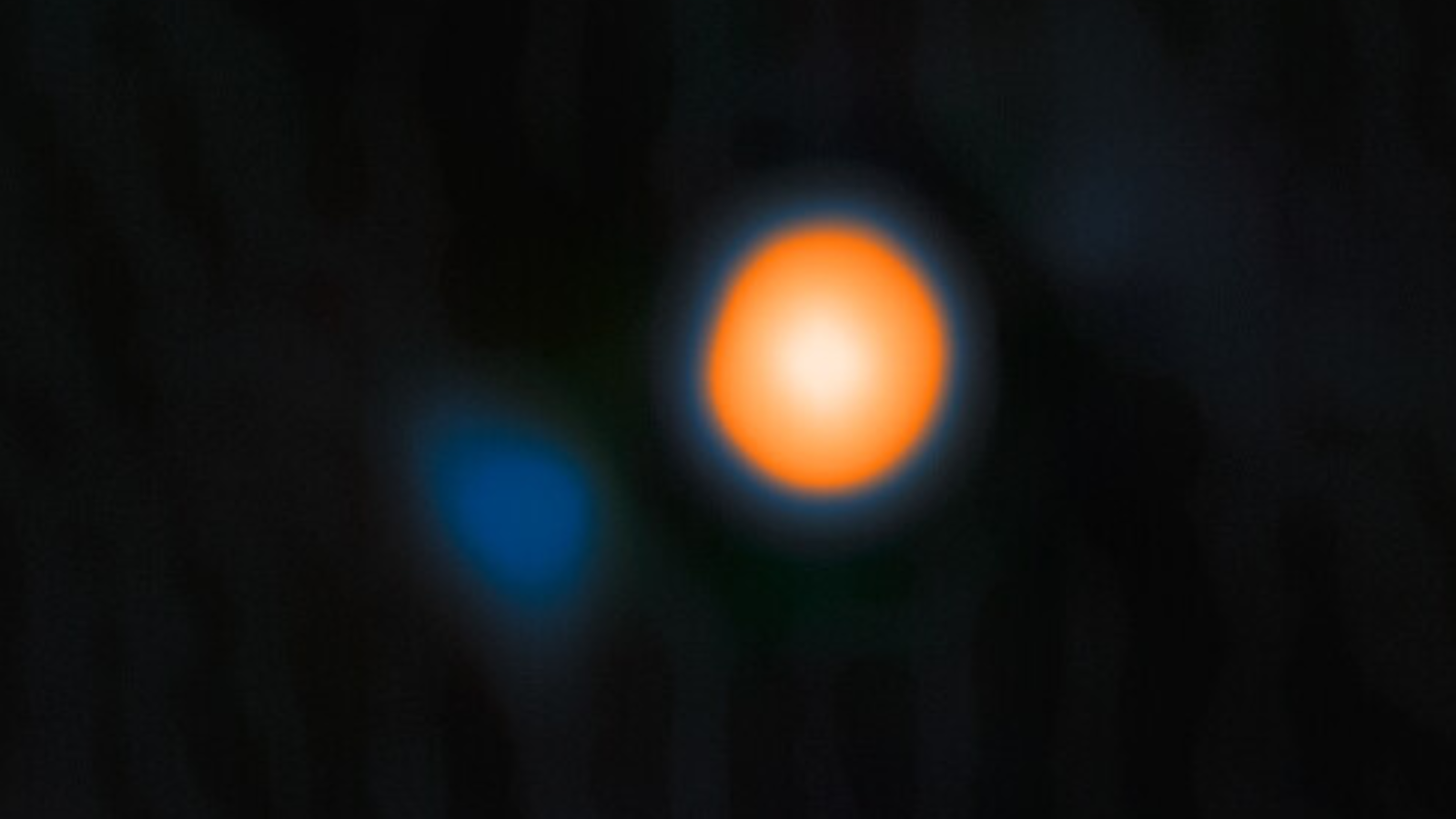Soldato
- Joined
- 16 Aug 2009
- Posts
- 8,227
Venus is very bright in the early morning sky incase anyone is remotely interested. Jupiter pretty close for the rest of the month as well
Last edited:

Somewhat notable news for astronomy - Betelgeuse appears to have a companion star.

Astronomers crack 1,000-year-old Betelgeuse mystery with 1st-ever sighting of secret companion (photo, video)
"Papers that predicted Betelgeuse's companion believed that no one would likely ever be able to image it."www.space.com
And not even a proper star yet either, yet Beetlejuice is in the final phases of its life!
If any star makes me nervous, it's that one. Well, two. It's way too close for comfort, although they say that the axis of rotation is pointed well away from us.

Edit: Also - any general hints and tips welcome.
I use Baader Film https://astro.catshill.com/solar-filter/Don’t look at the Sun.
I use Baader Film https://astro.catshill.com/solar-filter/
I don’t bother with processing or AP as I prefer visual. It’s a OnePlus aka Android btw. A dedicated solar H-alpha in order to see flares is a bit out of my price range https://www.bresseruk.com/astronomy/solar-astronomy/h-alpha-filters/Thanks - although it's a bit disheartening since the link takes you to a page with a photo of the sun taken on an iPhone that's every bit as good as what I managed with the Dwarf 3.
 i use https://www.astrobin.com/users/Eri to host my images but haven't updated for a few years due to issues with the telescope motor and those damn dirty clouds lol... hopefully i'll get things back working and tested during my annual leave next week.
i use https://www.astrobin.com/users/Eri to host my images but haven't updated for a few years due to issues with the telescope motor and those damn dirty clouds lol... hopefully i'll get things back working and tested during my annual leave next week.
I'm jealous of your Andromeda image, i have a skywatcher 200 and currently my Andromeda isn't as goodi use https://www.astrobin.com/users/Eri to host my images but haven't updated for a few years due to issues with the telescope motor and those damn dirty clouds lol... hopefully i'll get things back working and tested during my annual leave next week.
What software do you use to process? i used pixinsight which is a rather large learning curve for me

Me too but unlike most of the posters here I am visual rather than digital and am happy with dim fuzzies. Not saying I would appreciate darker skies.i have a skywatcher 200 and currently my Andromeda isn't as good

